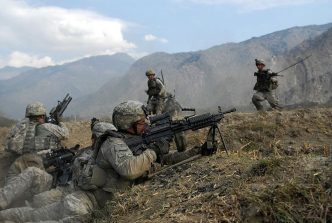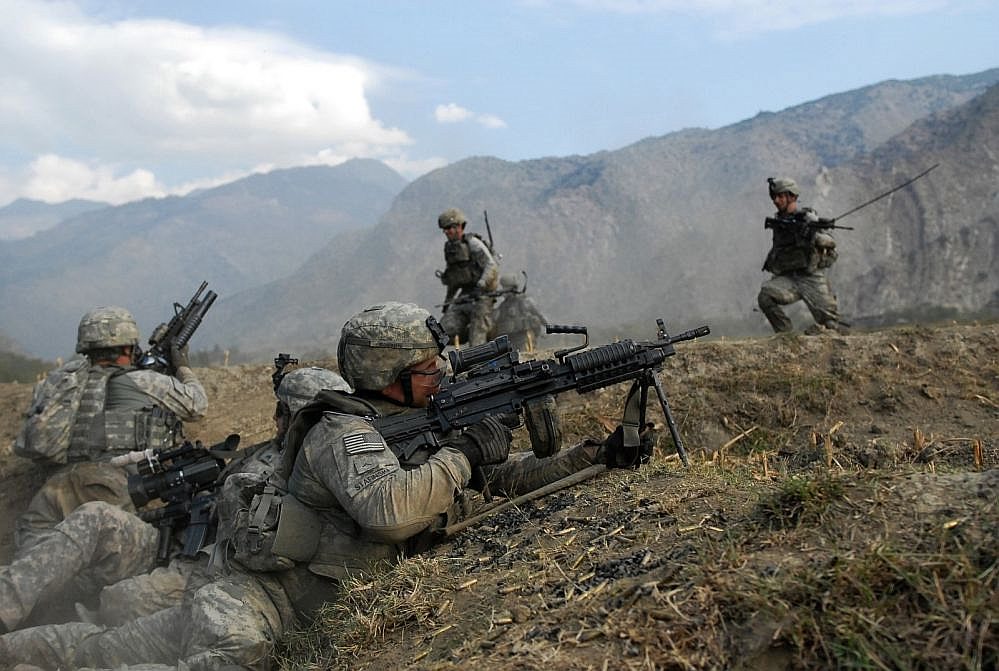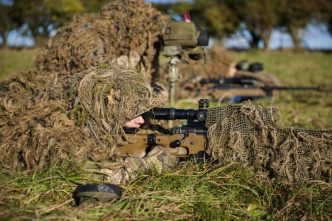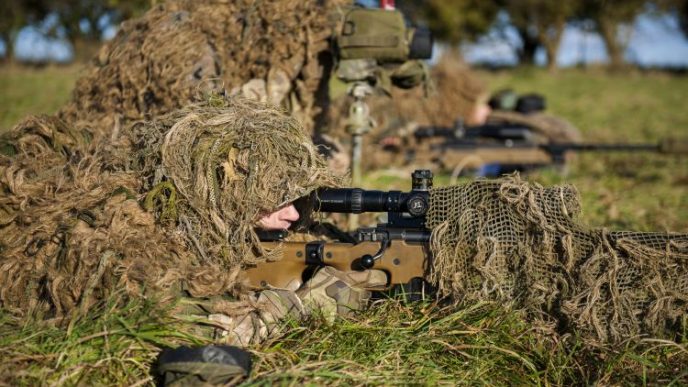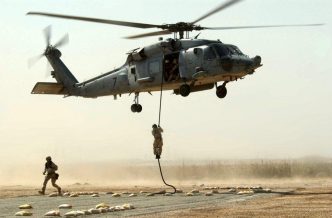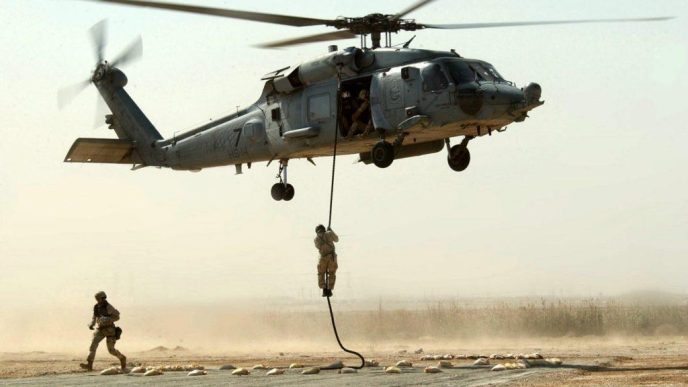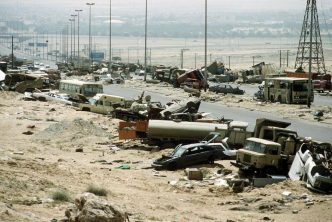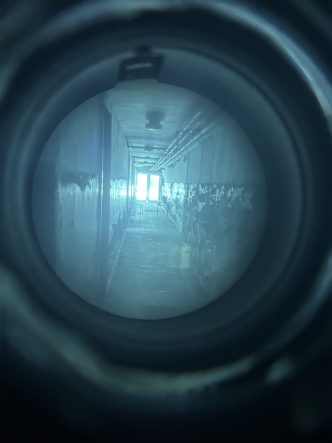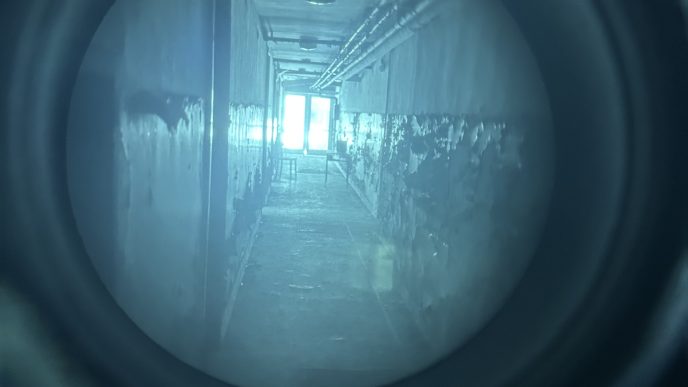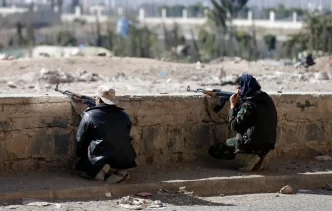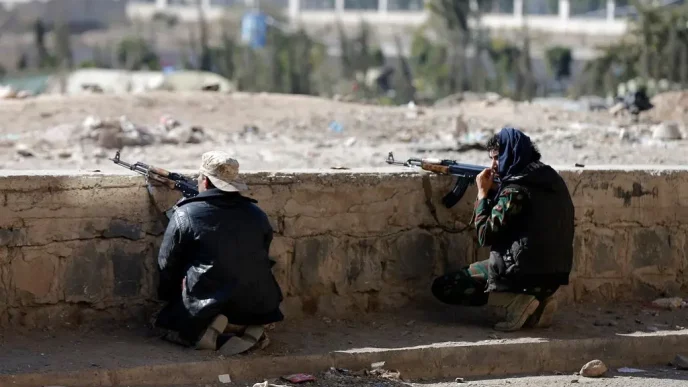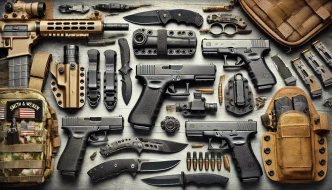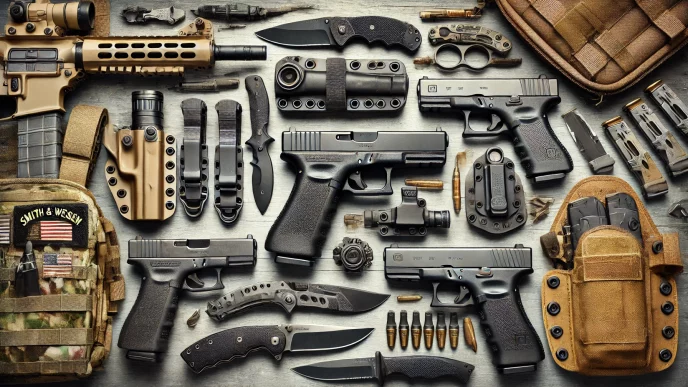The backbone of a platoon’s firepower is the M240 machine gun, a formidable weapon known for its rapid rate of fire, excellent penetration, and long-range capabilities. Its exceptional recoil resistance makes it a highly effective tool for destroying cover.
The M249 Squad Automatic Weapon/Automatic Rifle is another valuable weapon system that offers a well-rounded performance, boasting good accuracy, range, and recoil handling, as well as superior maneuverability in tight spaces, a built-in bipod, and an adequate rate of fire for providing light support or engaging objectives.
However, the utility of the burst fire feature on the M16A2 rifle is open to debate. Many soldiers lack the proficiency to shoot accurately on semi-automatic, and it is unlikely that burst fire would improve accuracy in the heat of battle. Furthermore, the recoil effects on a burst’s second and third shots are often overlooked.
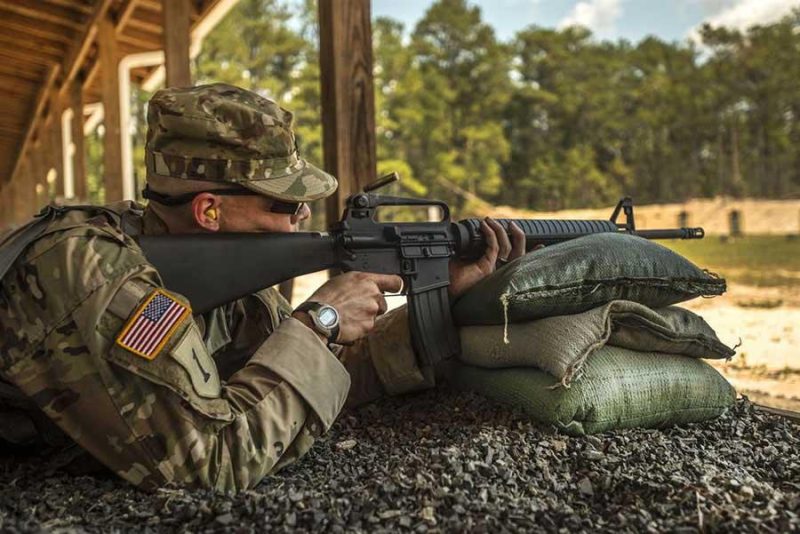
Upon making contact, it is not uncommon for soldiers to switch their M16A2 rifles to burst fire, a tactic that can lead to wasted ammunition and disorganization. This is particularly problematic when some soldiers are using older A1 models. The firefight often ends with the platoon having expended thousands of rounds, including indirect fire, explosives, and pyrotechnics, to neutralize an objective held by a small enemy force. This type of training is considered inefficient and unacceptable by some.
I advocate for using automatic weapons for suppressive fire, but not at the expense of conserving resources. I believe that the capability for burst and automatic fire on individual weapons is often misused. While it is the responsibility of the team leader, squad leader, and platoon leader to regulate fire, many leaders also engage in these wasteful practices.
As a solution, I propose implementing a “no burst fire” principle and training soldiers to use single shots and short bursts at targets, only firing when they have a clear target in sight. This approach teaches soldiers to conserve resources and avoid wasting ammunition by shooting simply to make noise. The enemy will quickly understand that they do not have effective fire and are not likely to be fooled by this tactic. An excellent way to train this is through STX lanes with only half the basic load; this forces soldiers to use their resources more efficiently.

Once soldiers have completed an STX lane with half the basic ammunition load, the next step is to challenge them with two lanes using only a full ammunition load and no resupply. This approach not only increases efficiency but also improves accuracy. By reducing reliance on excessive noise and prioritizing lethality, soldiers will be better equipped to engage targets effectively and conserve resources.
It’s worth noting that this is not to say that burst fire is inherently bad, but rather that its utility may be limited in certain contexts. I have yet to find a compelling reason for its widespread use in individual weapons. By training soldiers to use their resources more efficiently and effectively through STX lanes with limited ammunition, they will be better prepared to make the most of their firepower in real-world scenarios.
